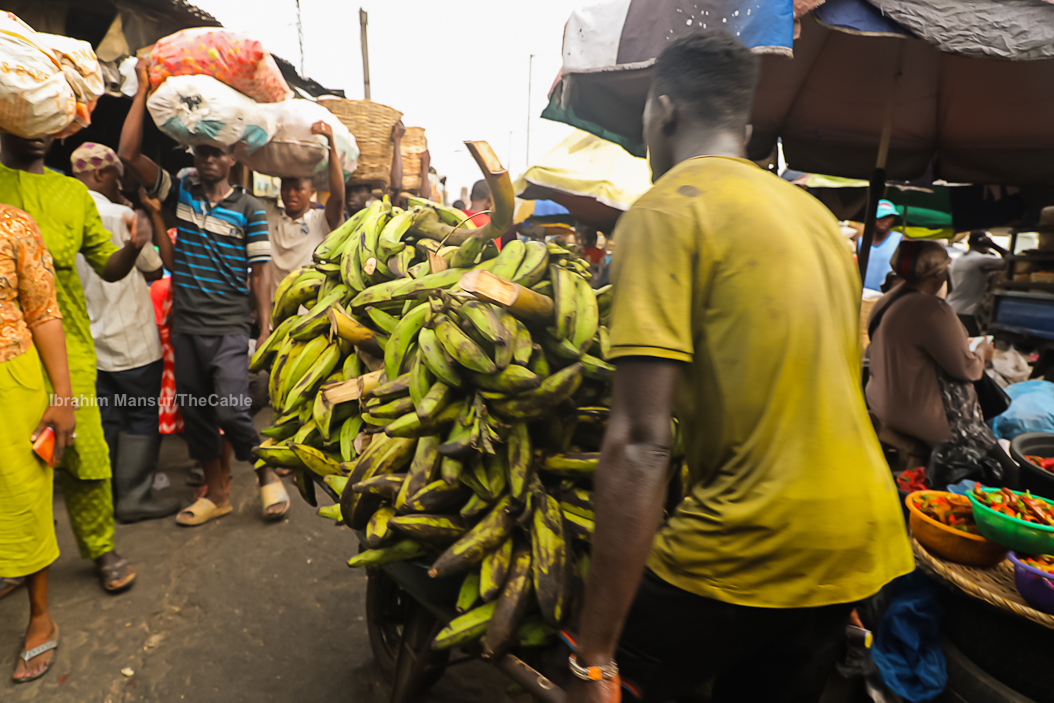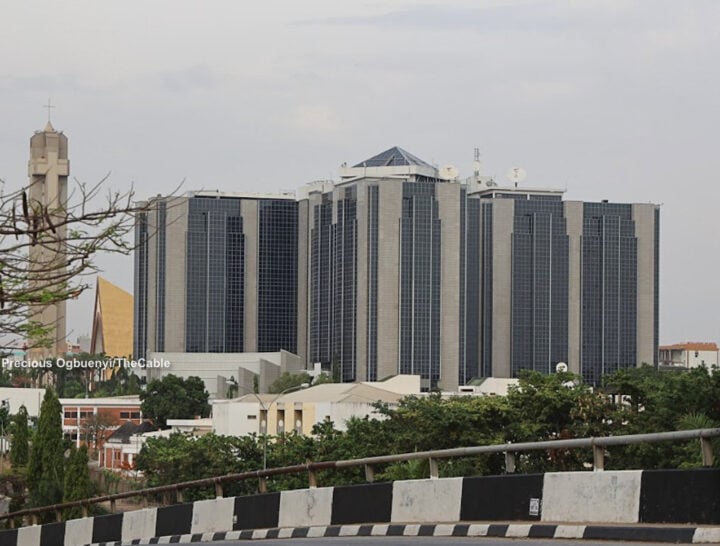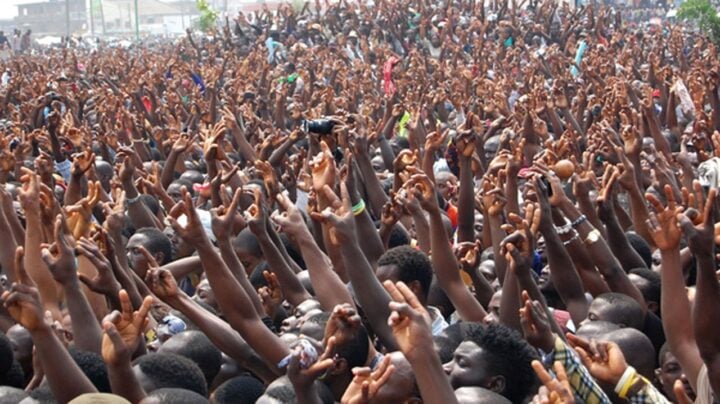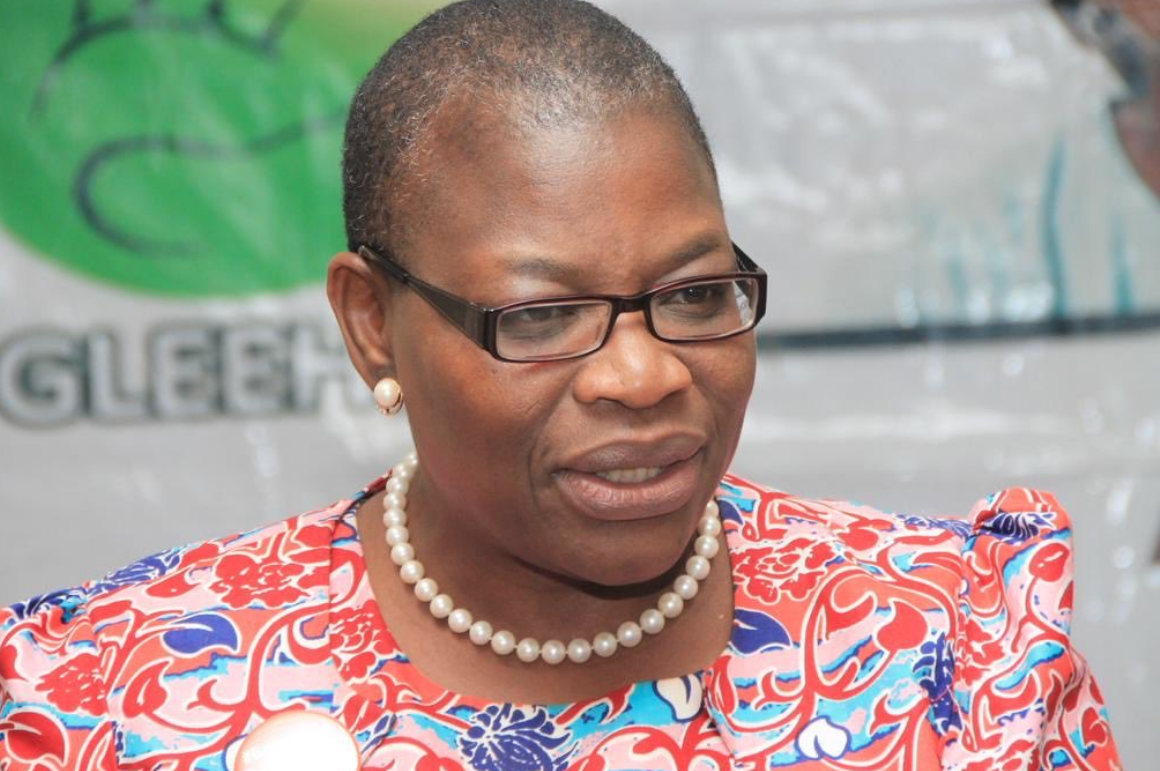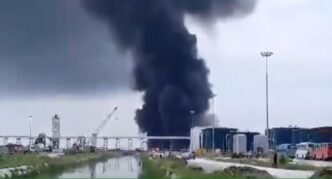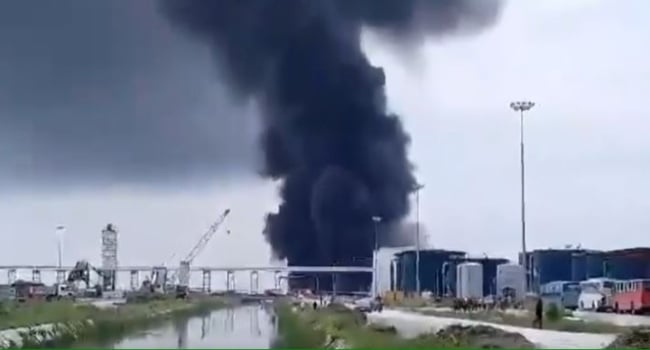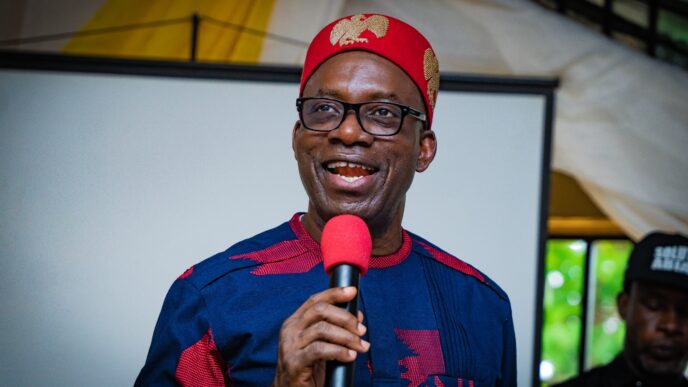BY BABATOPE FALADE-ONIKOYI
Recently, Governor Seyi Makinde of Oyo state indicted himself and his south-west governors on the issue of the food crisis in Nigeria.
This happened during his reaction to the judgement of the supreme court on local government financial autonomy. The governor said about the judgement: “I think it is just a distraction, we must face the real issues we have. And the issue that we have is that we are not producing enough. We are not productive.” He went further to highlight that the local government’s financial autonomy is a non-issue that will dominate the news cycle while emphasising the issue of hunger and anger in Nigeria. Finally, the governor decried the development that Nigeria needs to import food.
This writer considers this a collective indictment of south-west governors who have refused to harness the agricultural potential of the south-west. In times like this, regional leaders need to take a collective initiative to ensure food security. It is obvious that agricultural development in Nigeria cannot be modernised with white papers and often inefficient policy execution by the federal government. In order to appreciate the quagmire that Nigeria is currently involved in, it is important to appreciate the dire challenges.
Advertisement
Nigeria’s food security dilemma
UNICEF has estimated that over 26.5 million Nigerians are at risk of food insecurity. Nigeria was also handed the baton of poverty capital of the world, with an estimated 88.4 million people living in extreme poverty. Nigeria’s population has been recorded to be over 200 million. However, this population is projected to reach 400 million by 2050. We must remember that in 2019, our import bill for food was N959 billion. This food import bill grew to N1.2 trillion and N1.9 trillion in 2020 and 2023. As we read this article, we have called for more food importation due to the current food crisis.
All of these mean only one thing, Nigeria will need to start subsidising food imports as our population increases.
The ceaseless banditry and other security challenges in the north have created a vacuum for other geopolitical zones in Nigeria. The northern region has by a large margin been the biggest supplier of food to other parts of the country. While we work to restore the north to its sufficient supplier status, other parts of the country, especially the south-west with its quality arable land, need to step up and pick the gauntlet. The south-west is the second most populous geopolitical zone, with a population of 46 million after the north-west zone which has a population of 48 million people, according to the 2016 data of the National Population Commission.
Advertisement
The south-west owns some natural and man-made resources which provide a good foundation for productive agricultural production.
South-west Nigeria and agricultural resources
The south-west occupies a total space of 79,795 km out of the 923,768 km of the total territory of Nigeria. Oyo state occupies the largest space in the south-west with 28,454 km of territory, followed by Ogun, with a distant 16,762 km, and Ondo with 15,500 km. While the data on the proportion of arable land of the various south-west states is difficult to ascertain, it is recorded that 56 percent of Nigeria’s arable land is uncultivated. Hence, we can assume that a sizeable portion of arable land is uncultivated across all states in Nigeria.
The south-west also hosts the Ogun-Osun River Basin Authority, which is also supposed to support agricultural production and rural development. The presence of resources such as arable land, water resources, manpower and a rich history of cultivating food crops, livestock and cash crops such as cocoa proves that the south-west has the potential to feed itself and even export to other parts of the country, thereby contributing to the basket of agricultural produce of Nigeria and rolling back the incidence of food inflation and food insecurity. The south-west is also home to Lagos and Ibadan; both which are part of the most populated and fastest growing cities in West Africa, thereby implying a ready market for food produce.
Advertisement
Challenges for food security in south-west
However, various academic studies have revealed food security challenges across south-west states, where majority are left to reduce consumption of root and tuber crops as prices increase. The population also consumes legumes, vegetables, beef, and cereals as a matter of necessity. The challenge here is that the necessary agricultural goods are largely supplied from the north, where a food blockade was staged by northern suppliers, due to a conflict between northern inhabitants of Sasa in Ibadan and the Yorubas. This further exposed the vulnerability of the south-west when it comes to food security.
This eventful food security threat highlighted above was responded to with a convening of a south-west governors meeting through the instrumentality of the DAWN Commission – a technocratic institution that provides advisory for the sustainable development of the south-west. Aside from this meeting, the south-west leaders have over time emphasised the need to improve the smallholder farmer database, de-risk agriculture, improve financing, improve security, ensure improved production and enhancement of extension services through the adoption of technology.
We need to ask whether any of these commitments have been achieved. A simple desk research shows that none of these strategic initiatives have been executed satisfactorily, and some have not commenced in majority of south-west states.
Advertisement
Effort and strategic agricultural initiatives
Despite the failure of the governors to achieve the outlined strategic initiatives, there have been efforts at agricultural policy development across south-west states. Notably, Oyo state has aimed at developing an agribusiness industrial hub system in the 1,200ha Fashola farms at Aawe. This is one of three farm settlements which the government aims to revamp to achieve its food security goals. This system, according to the Oyo state government website, will seek to advance cassava, meat and milk processing, based on participants in the system. The 34.85km Oyo-Iseyin road has also been completed to this effect. While the efforts by the Oyo state government are commendable, there is little or no evaluation results on the impact of Fashola farms so far.
Advertisement
It must be stated unequivocally that there is no coherent strategy to achieve food security, which the state government has outlined as its goal.
This is similar with the situation in Ekiti, where the governor has made great effort to onboard the federal government in its bid to increase food production. While Governor Oyebanji of Ekiti has stated his goal of mechanising agriculture in his state, alongside initiatives such as Agro Pocket Scheme, there is also a lack of a coherent strategy.
Advertisement
What we see across south-west states is a situation where we have blank and vanilla agricultural policies without clear cut numbers. There are no statement of gaps and targets that will be achieved to bridge the food security gaps. How much maize does Ekiti need? How much livestock and cassava do Ekiti, Oyo, Osun and Ondo people need? What are the nutritional deficits and how will all of these be ameliorated?
While individual states in the south-west need to have their own agricultural policies, they can develop a common vehicle to procure improved seedlings and mechanised implements. They can share modern value-chain knowledge. They must also consolidate the smallholder farming systems, because it is evident that the subsistence system and fragmentation of these smallholder farmers makes agricultural planning cumbersome and difficult to manage productively.
Advertisement
In the United States, just 10 out of 50 states make up the top food producers list. In China, 13 out of 23 provinces produce the highest number of grains. In Brazil, we have just eight states leading the food production in that country. Nigeria needs to leverage a regional approach to its own food production, due to limitation in capital and competent human resources.
There is a need for a movement toward a common regional agricultural system, which will enable the sharing of capital resources and the development of productive mega-farms that utilise fewer resources to produce more food. This common regional agricultural system will also aid effective provision of security for farmlands and agricultural production from free moving herders.
Most importantly, there should be clear cut goals for local consumption and nutrition, quality control and linkages to global value chains.
It must also be stated here that we must employ competent hands from countries such as China and Brazil because of their similarity with Nigeria’s development status. They will provide better competence in terms of harnessing smallholder farmers, management of resources and productivity. Brazil is a great case study for modern agriculture, while China has moved from being a subsistence food country to being a global food basket while raising over 800 million people out of poverty since the 1970’s
Governor Makinde and other south-west governors need to change their approach to food security.
Babatope Falade-Onikoyi can be reached [email protected]
Views expressed by contributors are strictly personal and not of TheCable.
Add a comment
